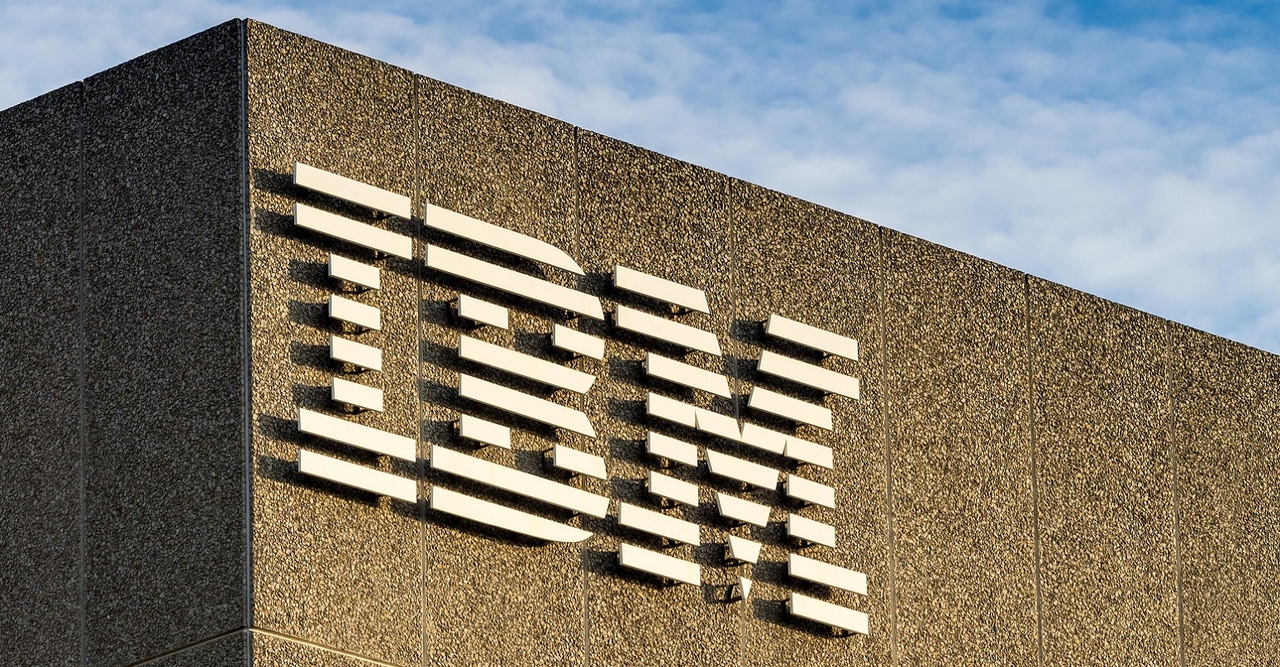IBM Boosts Data and GraphQL API Capabilities with StepZen AcquisitionIBM Boosts Data and GraphQL API Capabilities with StepZen Acquisition
Startup StepZen will improve IBM's ability to support GraphQL, offering new opportunities for enterprises to connect data.

IBM is expanding its API management and creation capabilities with the acquisition of privately held StepZen. Financial terms of the deal are not being publicly disclosed.
The acquisition, which was announced on Feb. 8, is the first of 2023 for IBM.
Privately held StepZen was founded in 2020 and has raised $8 million to date. The company develops a GraphQL API server technology designed to help organizations more easily create and manage APIs across an enterprise.
GraphQL is an open source API protocol specification that originated at Facebook and in recent years has been developed under the governance of the Linux Foundation's GraphQL Foundation. Multiple vendors provide commercial GraphQL services in the market today, including Apollo, Hasura, and Rapid, among others.
"We think StepZen's approach is highly differentiated in the market," Madhu Kochar, vice president of product development for automation at IBM, told ITPro Today. "With StepZen, a GraphQL API is composed using declarative building blocks, and StepZen offers an API directory of prebuilt connectors for many types of data sources — critical for businesses with a hybrid cloud environment with data stored in many different places and structures."
How StepZen's GraphQL Technology Will Help IBM's Customers
Ease of use is at the foundation of StepZen.
StepZen has powerful introspection techniques that enable an API to be created in a few lines of code, according to Kochar. Behind those few lines of code, users benefit from more than 500,000 lines of codes written by StepZen engineers for query optimization, data protection, and deployment, leading to a faster time to success for a business's GraphQL initiatives.
Connecting to data located in different sources is a core capability of StepZen. Kochar noted that StepZen helps users access data that lives in SQL and NoSQL databases, enterprise apps, software-as-a-service (SaaS) apps, and microservices.
IBM already had API capabilities with its IBM API Connect technology, which helps organizations create, manage, secure, socialize, and monetize APIs.
"The acquisition of StepZen expands our capabilities to now include creating GraphQL APIs," Kochar said. "StepZen is joining the IBM Software team, and we see potential use cases and synergy emerging across our intelligent automation solutions like IBM API Connect, as well as in data and AI with data management and data fabric."
The Enterprise Use Case for GraphQL
The most commonly used API approach has long been REST, with GraphQL steadily picking up momentum.
One of the challenges surrounding modern application development is that organizations have so many options for where they deploy and run their applications, and different models of data structure and hosting options, Kochar said.
"One trend helping organizations tackle the complexity of accessing their data and application ecosystems in these diverse and distributed environments is graph-based programming, which was popularized by GraphQL," she said.
According to Kochar, GraphQL is emerging as an alternative and a complement to REST APIs because it enables declarative data fetching via a single API endpoint that returns the specific data you want from multiple sources. She added that it's ideal for use cases where the application needs a very specific set of data and/or data that must be stitched together from multiple sources.
For example, a customer's bank account record might include an array that references other finance products that the customer holds. If an application client wants to retrieve the bank account details for a specific customer and details of the other finance products for that customer, then with a REST API the client would first retrieve the bank account details, then make separate requests for each of the other products. A GraphQL API can be designed to allow the client to retrieve all this information in a single request.
"Enterprises have a wide variety of needs and use cases," Kochar said. "We believe that technologies like REST APIs and GraphQL can and should live alongside each other and be selected based on the unique use case."
About the Author
You May Also Like








.jpg?width=700&auto=webp&quality=80&disable=upscale)
